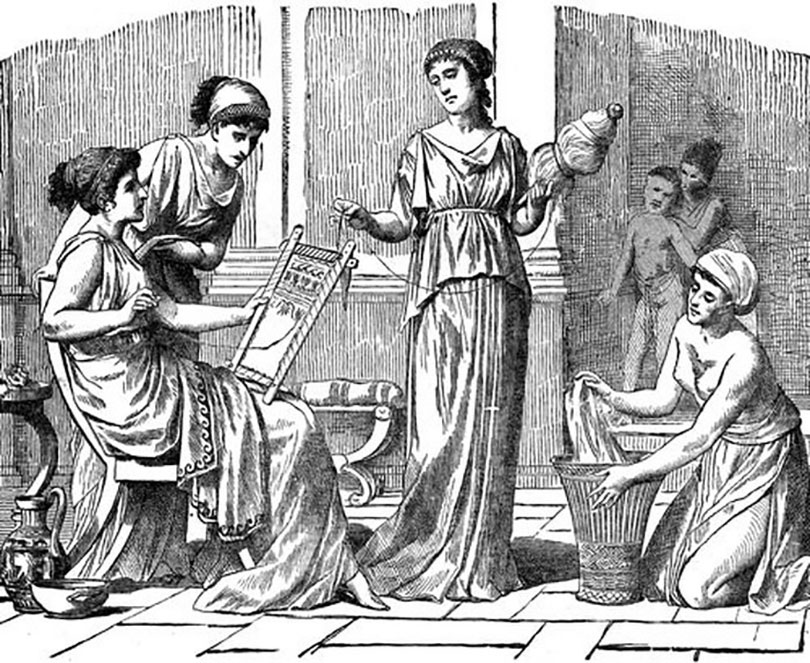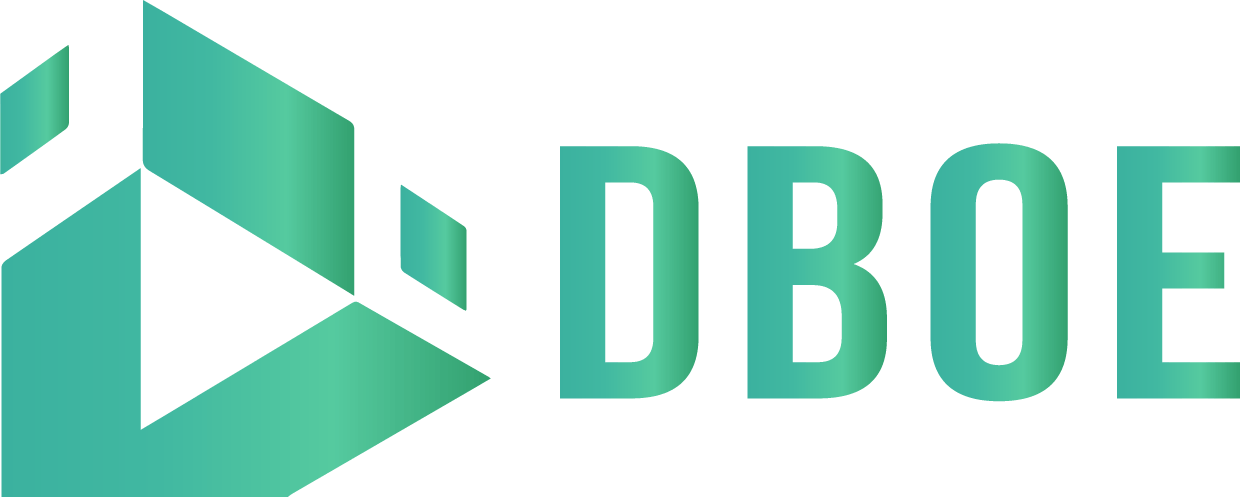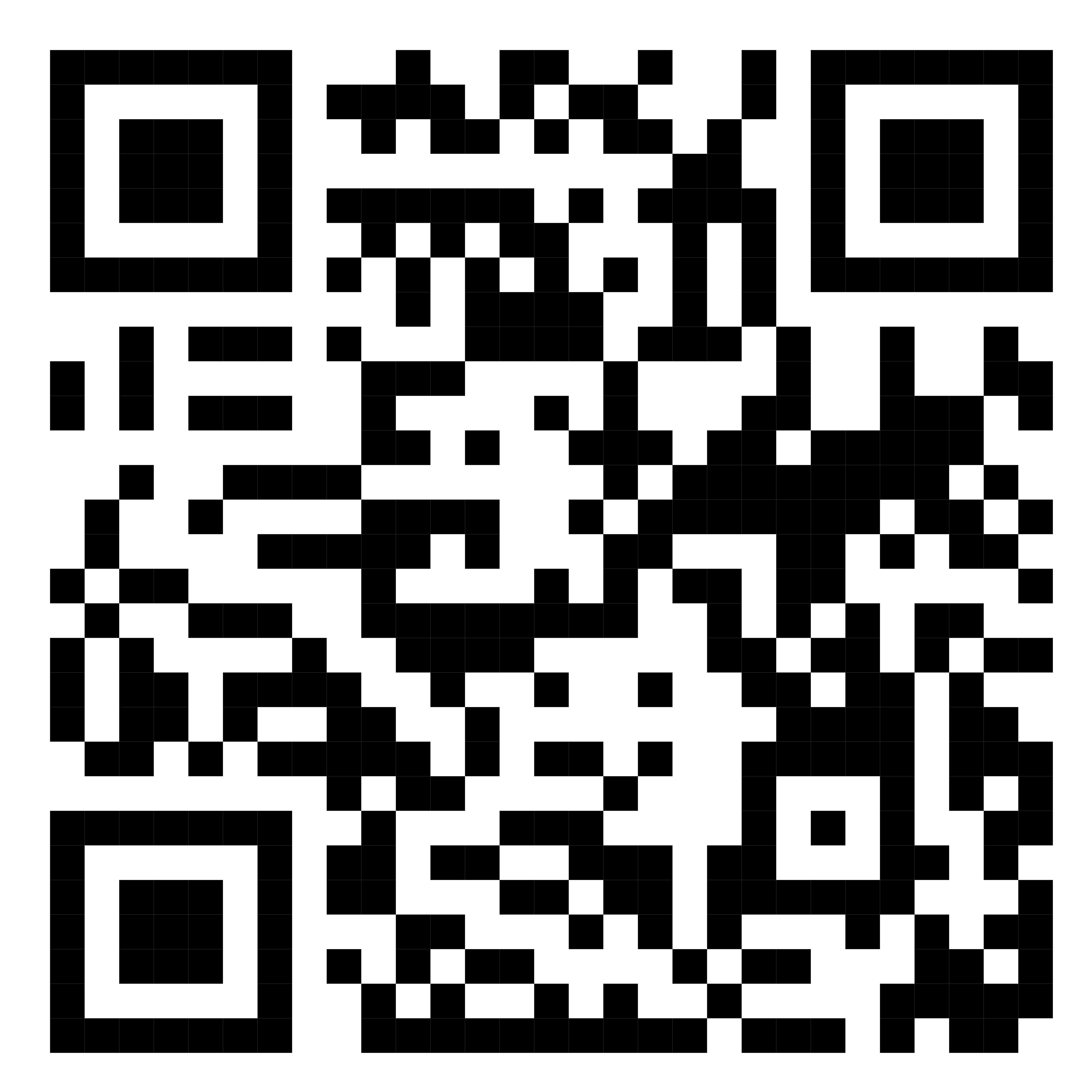In simple terms, options are like making a deposit. Two parties agree on a specific price and trade volume at a future date. The buyer pays an upfront amount called an option fee or deposit. Many people still do not know the history of Options. This article will clarify.
History Of Options: 3000 Years
In fact, options have been around since 8000 BCE in the region of the Tigris and Euphrates rivers in the Middle East. People there used land tokens and clay pots as contracts to supply a certain amount of goods on a specified future date (marked on the clay pot) at a price determined on the agreement day. By around 3500 BCE, the Sumerians had replaced clay pots with clay tablets. These transactions were similar to forward contracts. History of Options starts here.

Forward Contract Market in Europe
In ancient Greece, Athenians created commercial shipping contracts similar to forward contracts. By around 1100, European merchants developed “fair letters” – a type of credit note between buyers and sellers. These notes would be “settled” at trade fairs in Europe, such as the Champagne and Brie fairs in France. Sellers would bring goods to the fair, and buyers would use a “fair letter” as a payment method. Initially, the Champagne fair only facilitated the exchange of agricultural products, but it later evolved into a major trade market with various goods.
However, generally, agreements still had to be resolved directly between parties, a form of over-the-counter (OTC) transaction that required trust between the parties.

Futures Market in Japan
From the 17th century, merchants in Osaka, Japan, experimented with early versions of forward contracts (one of four derivative instruments) allowing buyers and sellers to settle future delivery agreements at predetermined prices in the rice market, which gradually developed over time.
Futures and Forward Markets in the USA
Two hundred years after Japan’s experiment with derivatives in the rice market, the Chicago Board of Trade was established in the 19th century. American merchants faced the problem of bearing severe price risk after paying all upfront costs (i.e., what if prices suddenly dropped in the spring?). To hedge against this price volatility risk, merchants went to Chicago and signed contracts to deliver grains in the future at the prevailing price on the due date.
Since then, forward contracts and options have developed vigorously and dynamically.
Types of Options
Today, options are divided into three main types that are most commonly used, though sometimes people confuse these concepts:
- European Options
- American Options
- Binary Options
In future articles, I will explain these three types of options in detail.
Reference: How to trade European Options on DBOE Exchange
The Financial Derivatives Market Today
Currently, the financial derivatives market is estimated to be worth up to a quadrillion USD, ten times the global GDP, highlighting its role and prevalence compared to traditional spot markets.
However, in the current crypto market, experts believe it is still in the second wave with futures, and options will be the third wave in crypto.
Information compiled from DBOE, TTNC Securities, and several other sources.





